Scott #36B is a notable 12-cent United States postage stamp, mirroring the design of Scott #17 but with distinctive features that set it apart. The key differentiator for Scott #36B, as compared to Scott #36, is its origin from Plate 3, characterized by a broken, incomplete frame line.
Design & Print
The design of Scott #36B is based on a portrait of George Washington, derived from Durand’s engraving, similar to Scott #36. This portrayal results in a more clearly defined image of Washington compared to the 10¢ stamp, which is more faithful to Gilbert Stuart’s original painting. Scott #36B, like Scott #36, features Washington in a three-quarters pose on an oval disk, surrounded by a finely shaded line border. The words “U.S. Postage” and “Twelve Cents” are displayed prominently, conforming to the curve of the medallion. However, the defining characteristic of Scott #36B is the broken frame line, which is a result of its production from Plate 3, in contrast to the continuous solid frame line of Scott #36 from Plate 1.
Postal Usage
Scott #36B was commonly used for mail to Great Britain, often as a pair, to cover double rate domestic mail over 3,000 miles or quadruple rate mail under 3,000 miles. This usage pattern underscores the stamp’s importance in international correspondence and long-distance domestic mail during its period of issuance.
Identification
Identifying Scott #36B involves recognizing the distinct breaks in the frame line, a feature unique to stamps from Plate 3. This broken frame line differentiates Scott #36B from Scott #36, which has a continuous solid frame. The presence of perforations, along with the portrait based on Durand’s engraving, are additional identification markers. These design elements make Scott #36B a distinguishable and valuable stamp within American philately.
Scott #36B, with its Plate 3 origin and unique frame line characteristics, is a significant stamp in U.S. postal history. Its design, based on a clearly defined portrayal of George Washington and distinguished by the broken frame line, coupled with its role in facilitating international and long-distance mail, underscores its value in the narrative of American philately. Understanding the nuances of Scott #36B’s design, postal usage, and identification offers a comprehensive perspective on its role in the broader context of American postal history and collection.
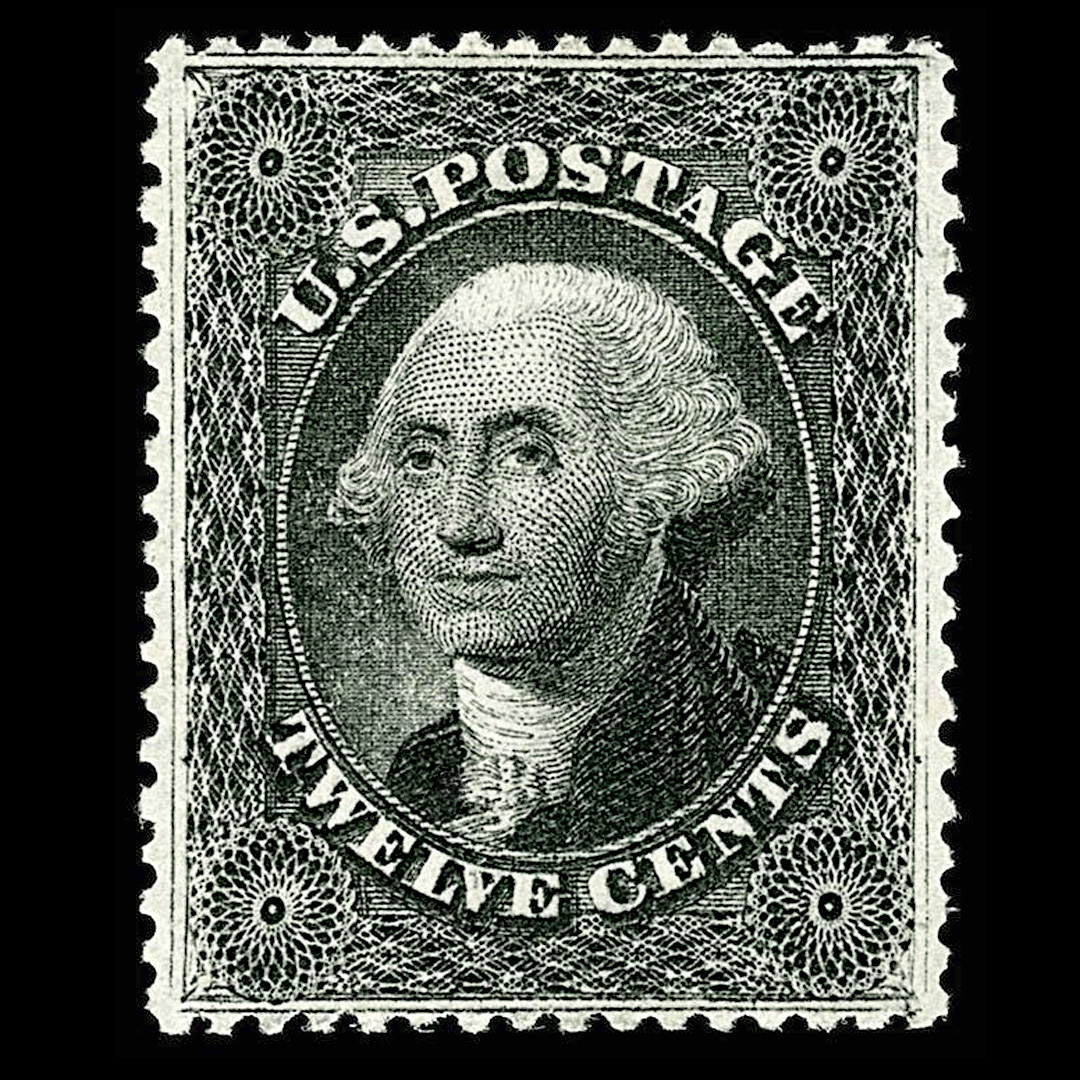
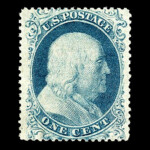
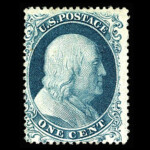
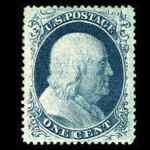
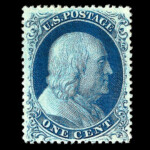
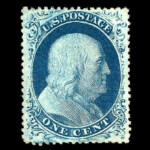
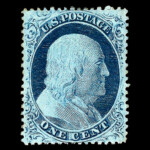
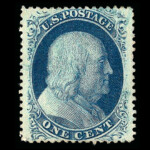
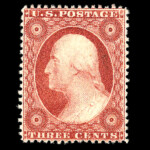
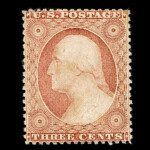
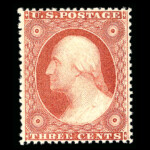
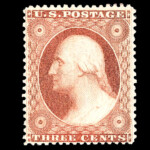
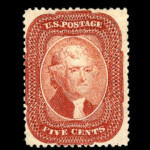
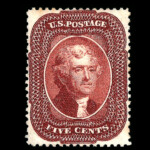
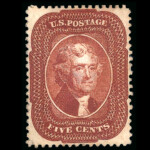
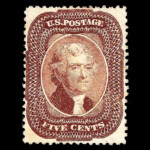
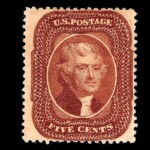
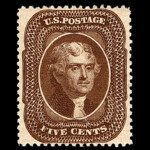
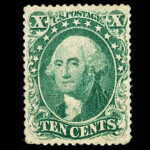
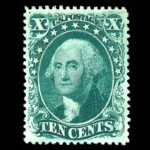
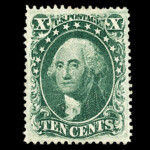
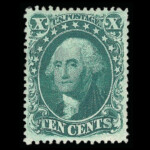
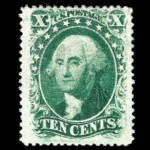
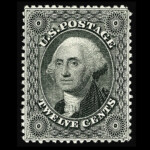
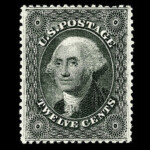


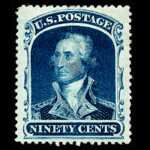
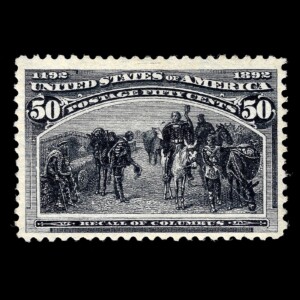
















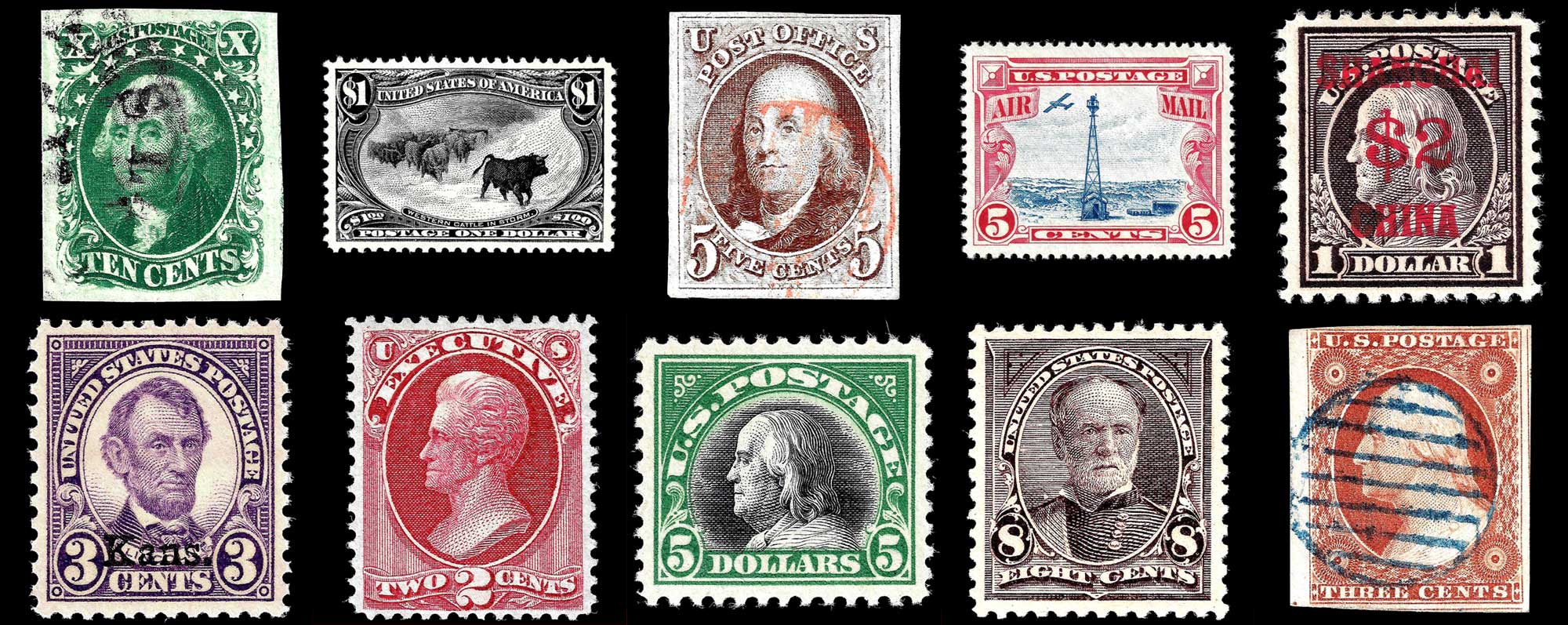
Ask A Question Or Leave A Comment